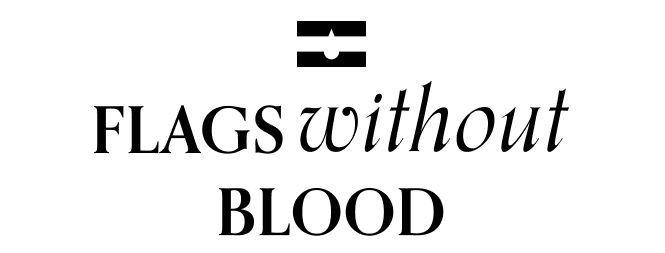🇪🇨
Ecuador
According to two different interpretations, the Ecuadorian flag represents blood. One of them is mentioned in the country’s Constitution: The red stripe symbolizes the martyrs’ blood shed during the nation’s independence process. The other also refers to that historical moment: The yellow stripe represents Ecuador’s wealth, separated from bloodthirsty Spain (red stripe) by a blue ocean.
The process of independence is depicted by a particularity–or the lack of it. Ecuador, Colombia, and Venezuela are individual nations for more than 120 years, with different cultures and traditions, including conflicts between them time and again. However, these countries have remarkably similar flags.
They are variations of the Gran Colombia’s flag, a state established in 1819 that consolidated the region’s autonomy towards the Spanish Crown.
As crucial as removing signs of violence, our flag proposal is meant to be unique. Thus, becoming a peaceful symbol of the country.
⊞
Ecuador Without Blood
Our proposal highlights the geographical term that inspired the country’s name: The equator, which divides our planet, as a bridge to unity and diversity.
⊟
Colors
The colors preserve some of the flag’s original and historical meanings. Yellow depicts the soil fertility, and its predominance distinguishes it from those of the neighboring countries. Blue symbolizes the ocean.
⊡
Elements
The new design highlights the coat of arms, with its three flags (yes, there are flags inside the flag) adequately adapted. The spears were transformed into conventional masts. The result is a flag without blood or guns.
The equator is shown at the center. The line highlights the country’s values and geographical position. Equally independent and unique, but without weapons or blood.









